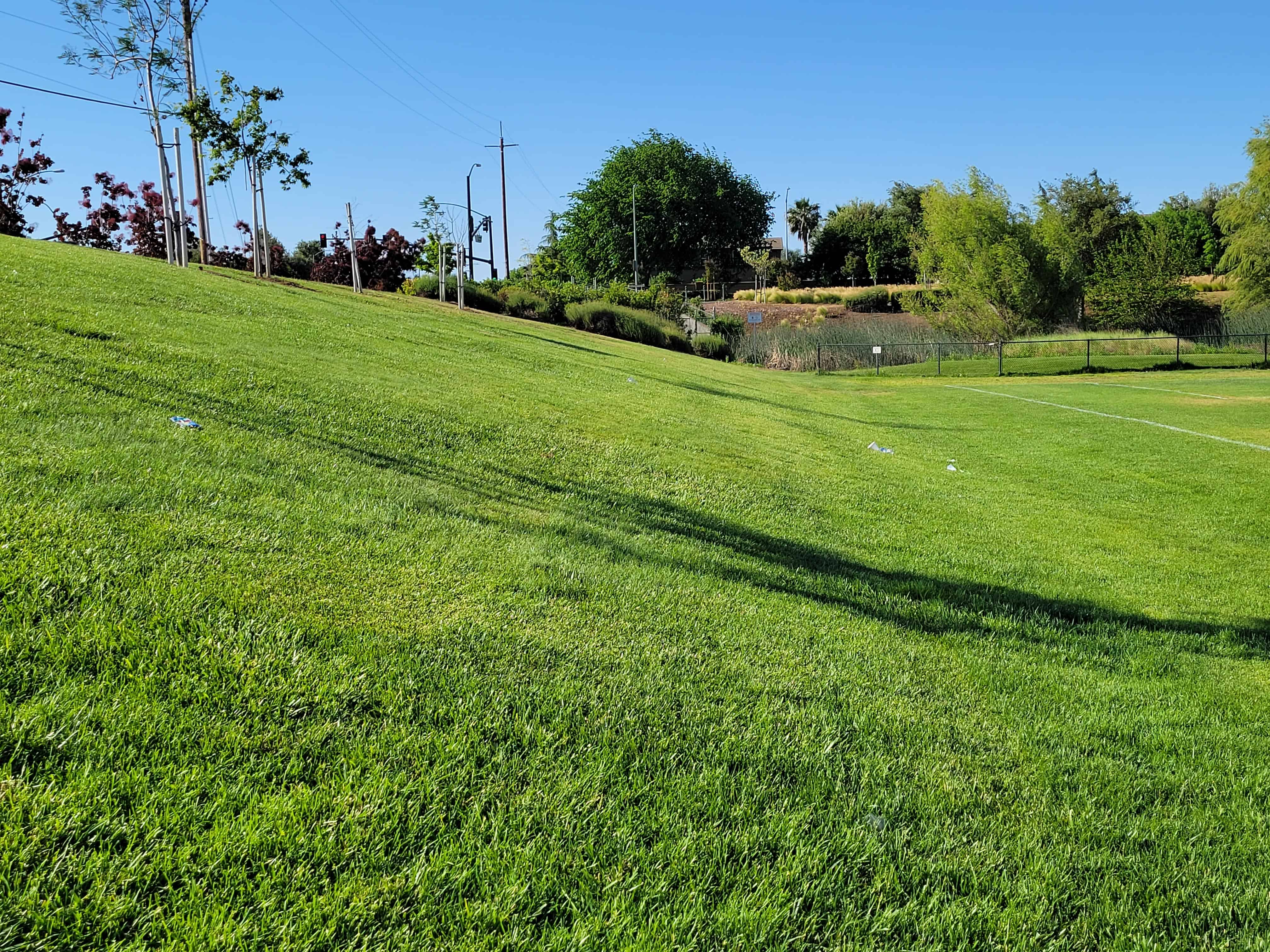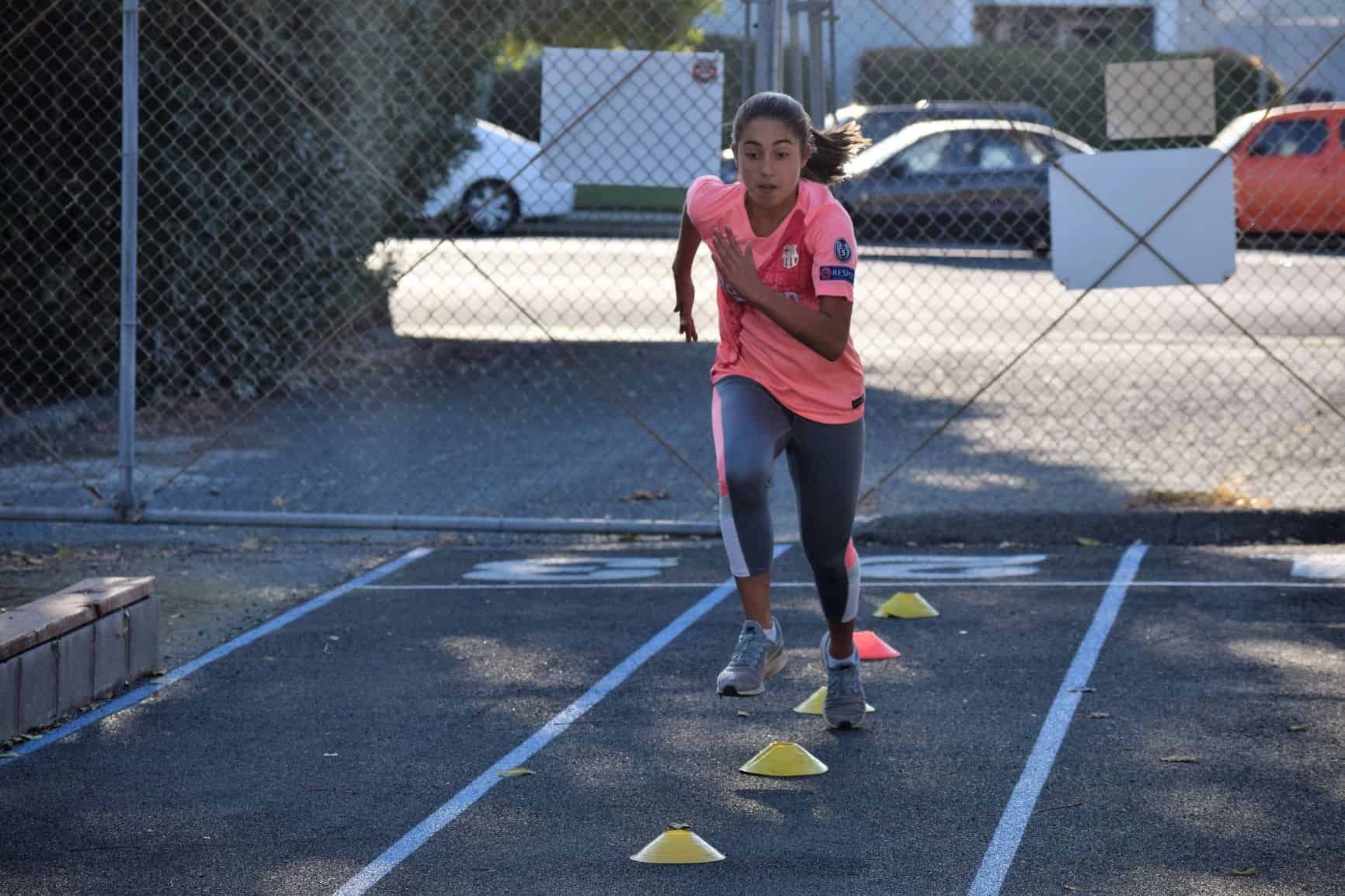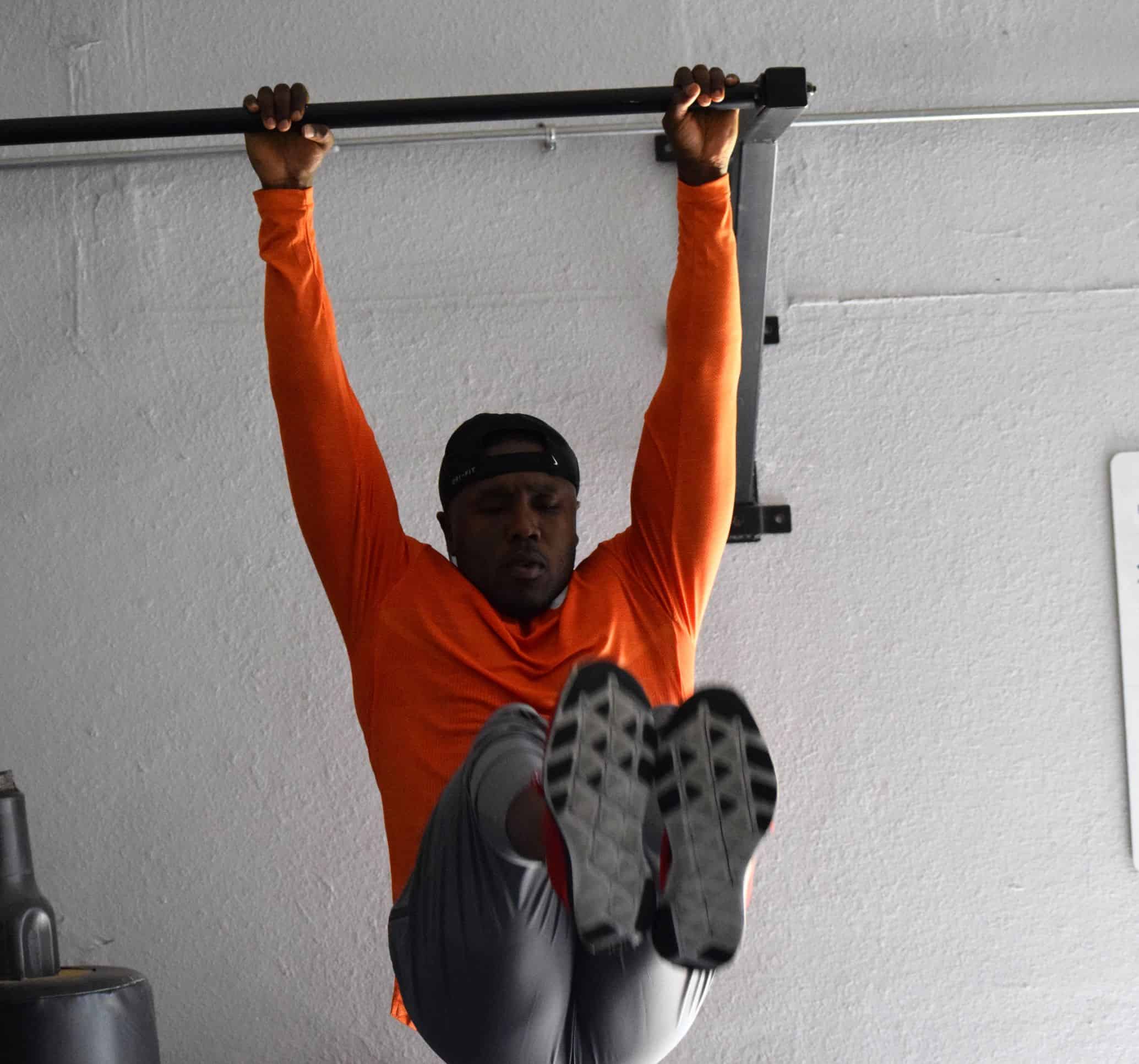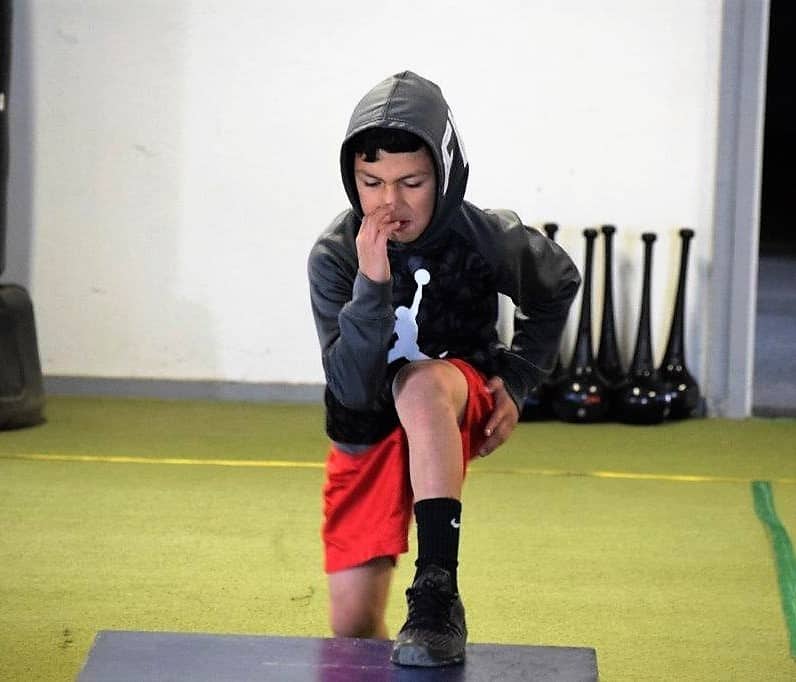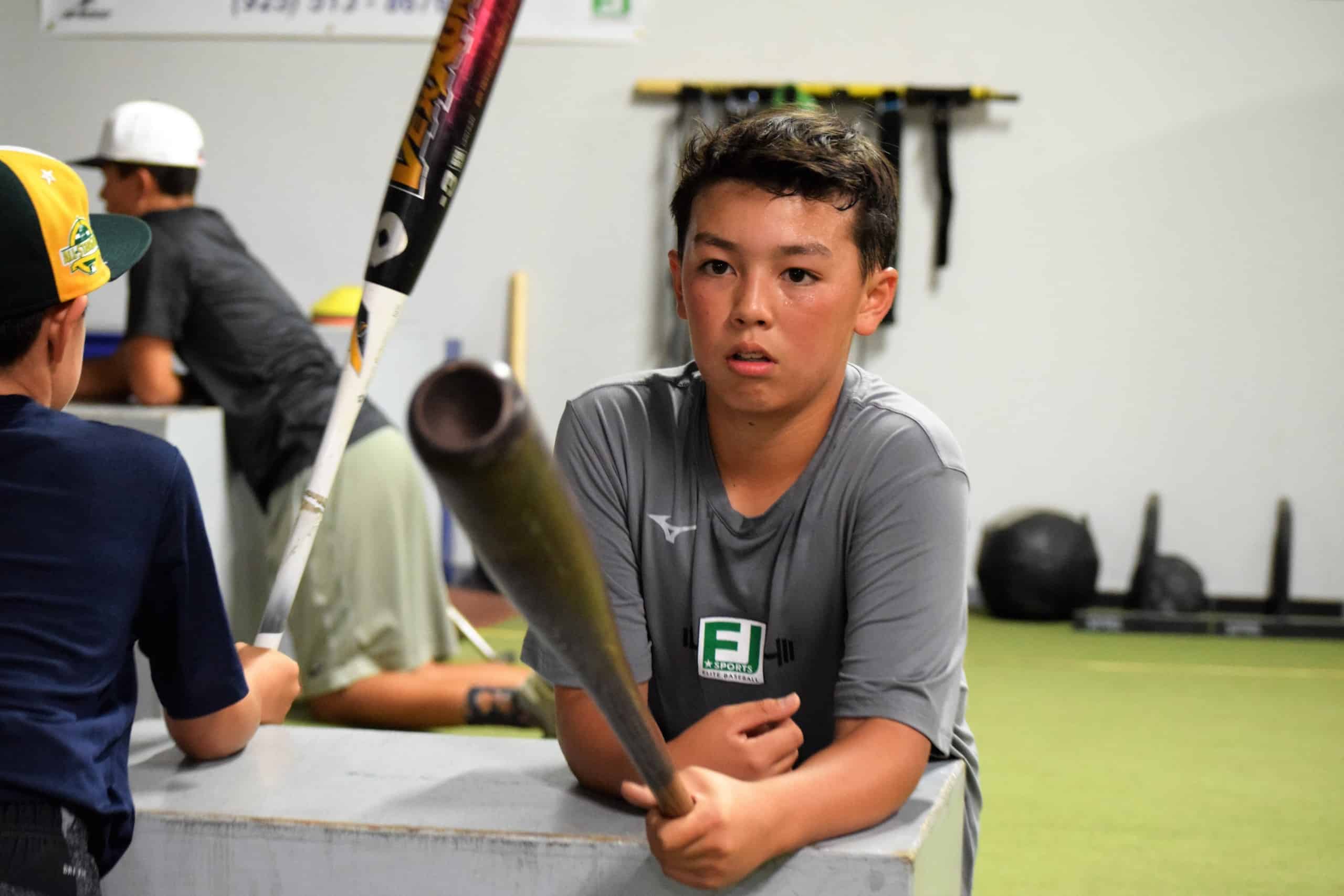Speed Development- Hill Running, for more than the obvious reasons.
By Aaron Thigpen, Gamespeed
April 2021
Hills are a tremendous way of developing speed. Other than the obvious strength component, there are other important reasons athletes should have hills in their training program.
Hill running is the cheapest form of resistance training. Unlike sleds, bands, or parachutes there’s….No purchase required!
Hills come in a variety of grades ie..resistance levels. Athletes can use “steep” hills for power oriented runs, moderate hills for strength development and shallow hills for speed endurance. If you run “downgrade” and you have a speed assistance activity.
Hills come in a variety of surfaces- asphalt, dirt, grass, sand. Different surfaces introduce a different dynamic to challenge or even accommodate an athletes needs.
Hill running develops leg strength and power….simple.
Hill running teaches the ability to produce horizontal force. Hill running provides the athlete with real-time feedback of their movements and how they are producing force, this teaches efficiency.
Hills slow the athlete down so that sprint coordination can take place. It provides enough resistance to ‘mute” an athletes “noisy” movements so they can organize those movements into the proper sequences for proper speed mechanics.
Find a hill, a great change of pace in your speed development program and they have a lot to offer. […]

